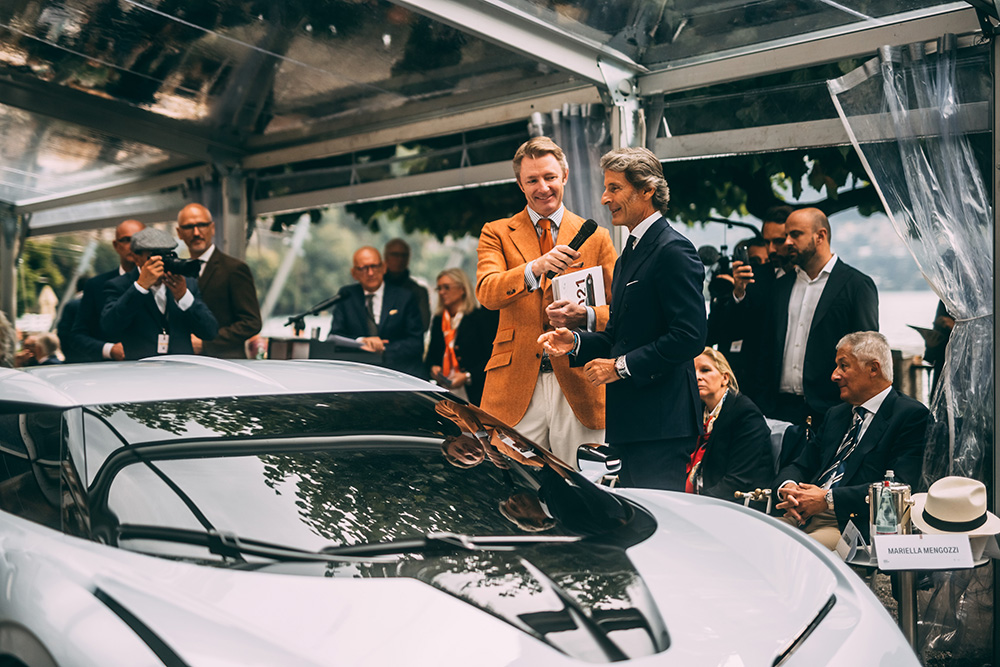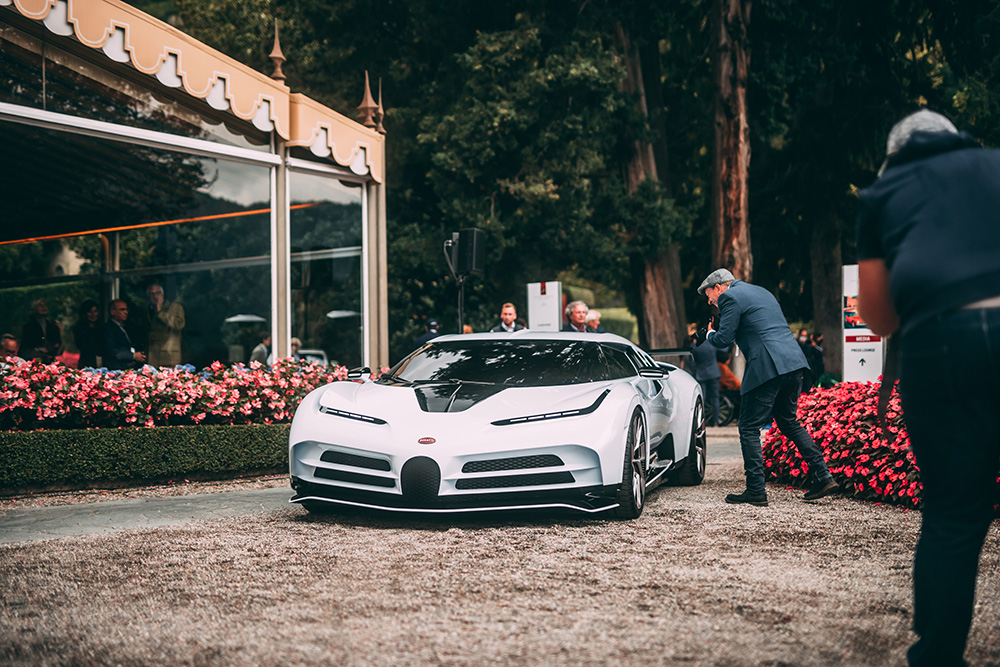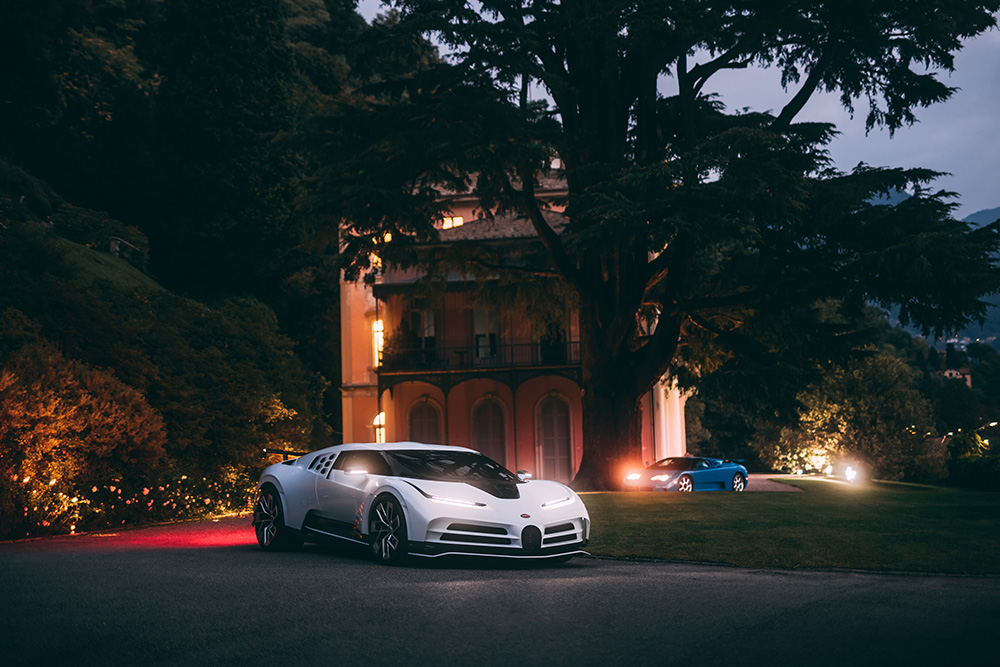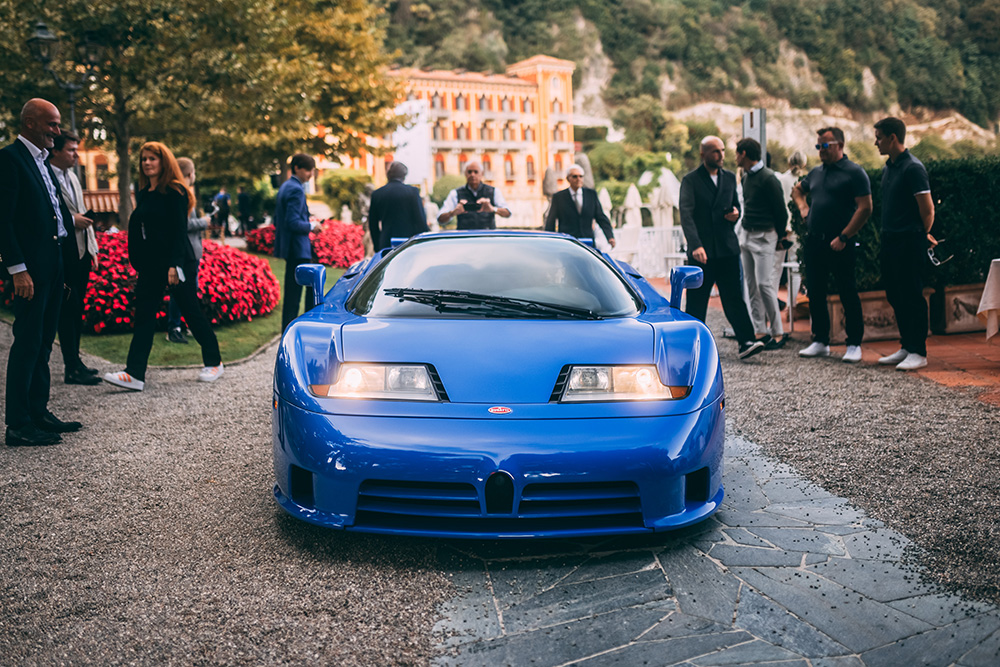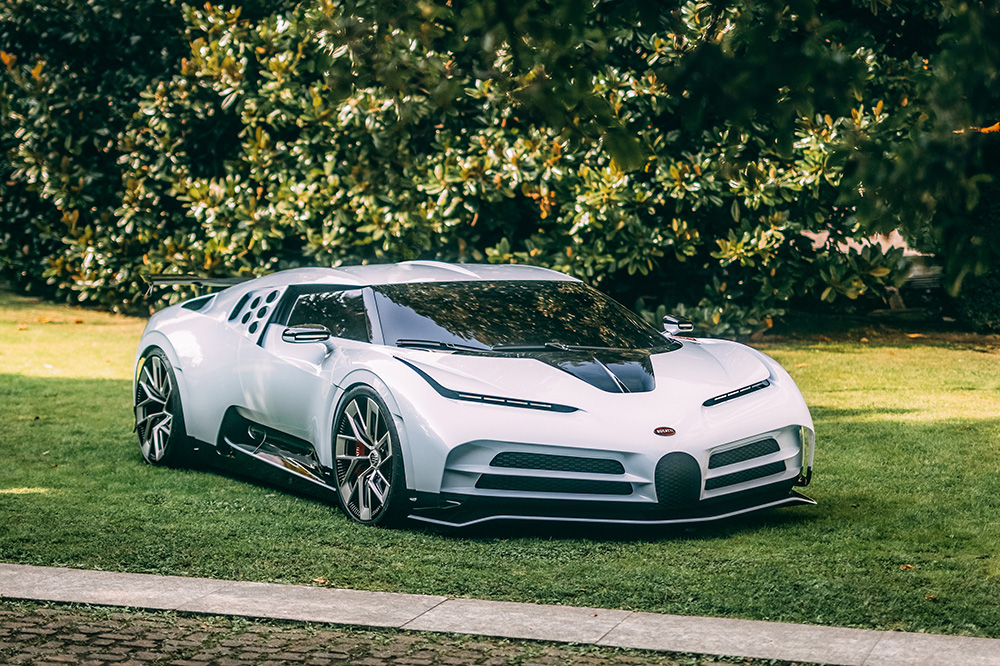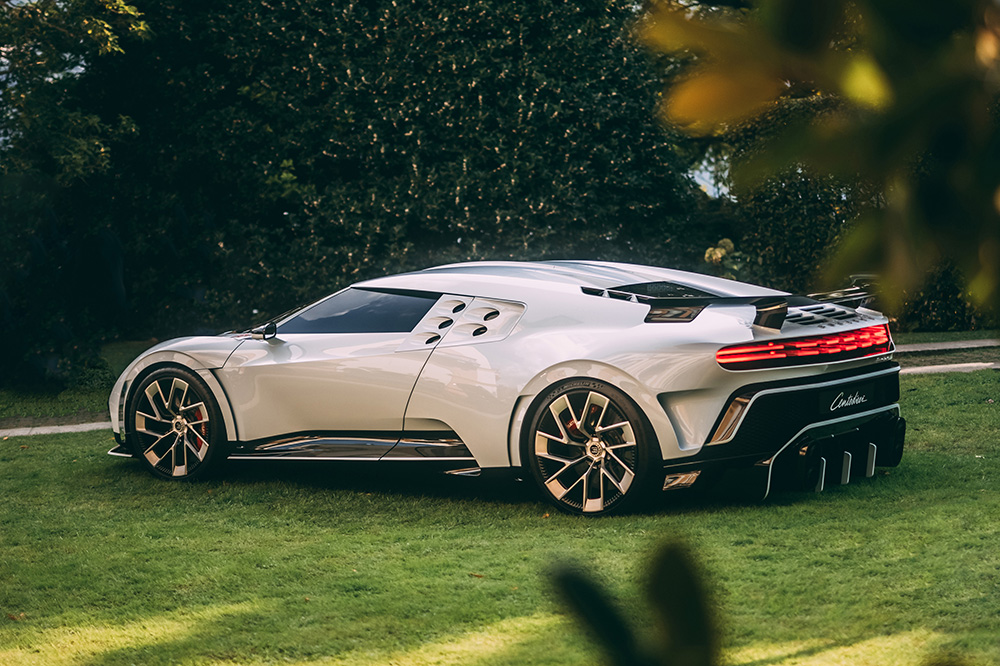- Rolls-Royce reflects on heritage of electric power ahead of historic announcement
- Extraordinary prophecy of founding father, Charles Rolls, revealed
- Rolls championed electric cars in 1900, deeming Columbia model best of its type
- Royce, one of the first electrical engineers, supplied motors to earliest electric cars
- CEO, Torsten Müller-Ötvös, pledged to bring Rolls-Royce electric this decade
- Visit www.rolls-roycemotorcars.com on 29 September at 13.00 BST for the next chapter in this story

“In April 1900, our founding forefather, Charles Rolls, made a prescient prophecy about automotive electrification. Move forward over 120 years to when I made a public promise, on the record, that we would bring the first fully electric Rolls‑Royce to market within the current decade. And, right now, our company is embarking on an historic undertaking to create the first, super-luxury car of its type. This will happen sooner than many thought possible, through the incredible skills, expertise, vision and dedication of our engineers, designers and specialists at the Home of Rolls-Royce.
“In this ground-breaking endeavour, we are drawing on a remarkable heritage, unique in our industry. Our founders and those who worked alongside them in the marque’s formative years were all important pioneers of electric power, as well as their era’s leading experts in automotive engineering. As we herald a new electric future at Rolls-Royce, I am proud and humbled to share their inspiring stories, which have never been told in one place before, and shine a fresh and fascinating light on our company’s earliest days.”
Torsten Müller-Ötvös, Chief Executive Officer, Rolls-Royce Motor Cars

INTRODUCTION
Electrification has long been promoted as the future of automotive propulsion. Mainstream manufacturers are increasingly embracing hybrid and battery electric vehicle (BEV) technology, supported by the expansion of national charging infrastructures.
To date, Rolls-Royce has communicated its electrification strategy in three simple statements:
- The marque will introduce an all-electric car this decade (2020 – 2030).
- This car will be a pure BEV, not a hybrid of any kind.
- It will be launched only when the time is right, and every element meets Rolls-Royce’s technical, aesthetic and performance standards.
There is considerable interest and media speculation surrounding Rolls-Royce’s plans. Ahead of further official statements, we invite the media to reflect on the marque’s unique heritage in electric power, which pre-dates the founding of Rolls-Royce the company itself, and involves many of the principal protagonists whose names are forever associated with it.
WHY ELECTRIC POWER?
The internal combustion engine (ICE) was not the only, nor the default, means of propulsion for early motor cars at the beginning of the 20th century. Indeed, in the early 1900s engineers and manufacturers initially divided their loyalties precisely between three competing technologies: the ICE, steam power and electricity.
Steam power, though well understood, relatively sophisticated and, at the time, ubiquitous in industry and other forms of transport, quickly proved less practical for use in motor cars. It therefore fell to internal combustion and electricity to vie for supremacy.
Electric power lost the battle for two main reasons: extremely limited range and the absence of a charging infrastructure. A century later, despite significant advances, these remain as barriers to widespread adoption (although increasingly less so), both in terms of technology and consumer perception.
But the characteristics that first drew engineers to electric power – silent operation, instant torque, tremendous power and the absence of exhaust fumes – remain highly alluring, particularly for luxury motor cars. Indeed, some have speculated that, had he been able to solve the range and charging issues, Sir Henry Royce might have chosen electric power alone for his motor cars.
The innate and perfect suitability of electric power underpins the marque’s explicit commitment to deliver an all-electric Rolls-Royce this decade. In doing so, it can draw on a unique history and heritage; a connection with electric power that pre-dates the company itself, and featuring the main protagonists who would, between them, create the world’s most famous automotive brand – beginning with Sir Henry Royce himself.

SIR HENRY ROYCE
Born in 1863, Henry Royce was one of the world’s first electrical engineers. After his apprenticeship with the Great Northern Railway was cut short for family financial reasons, he worked briefly as a toolmaker at Greenwood & Batley in Leeds, where he first developed an interest in electrical power.
In 1881, he joined the Electric Light & Power Generating Company (EL&PG) in Southwark. During this time, he attended evening classes in electrics at the City & Guilds of London Institute, having received only a year of formal schooling as a child. A year later, aged just 19, he moved to the EL&PG’s new subsidiary, the Lancashire Maxim-Weston Electric Co. Ltd, as Chief Electrician, providing street and theatre lighting to the city of Liverpool. But within two years, the company folded, and the famously driven, hardworking Royce struck out on his own.
His new enterprise, F H Royce & Co, initially made small electrical appliances such as doorbells, lamps, fuses and switches. The business thrived, and was soon producing larger, more complex devices including dynamos, electric motors and winches. In 1902, Royce supplied electric motors for Pritchett & Gold, a London-based battery-maker that had diversified into building electric cars.
Though Royce himself never built or owned an electric motor car, he created internal combustion engines that delivered the driving experience we associate with electric propulsion today: effortless torque, silent running and the sensation of one continuous, powerful gear. His technical expertise and pioneering achievements underpin the marque’s historical claim as a world leader in electrification in both luxury and social settings.

THE HONOURABLE CHARLES ROLLS
The Hon. Charles Rolls was also a highly gifted engineer; but his enthusiasm for electricity began even earlier in life. When he was just nine years old, he rigged up an electric bell between his bedroom and the stables at The Hendre, the family’s ancestral home in Monmouthshire. He also planned and supervised the installation of electricity in the servants’ quarters; deploying the powers of salesmanship that would later make him world-famous, he persuaded his father, Lord Llangattock, to pay for it.
Rolls’ passion for motor cars was equally precocious. In 1896, aged 18, he travelled to Paris and bought his first car, a 3¾ hp Peugeot Phaeton. Two years later, while still an engineering student at Cambridge, he acquired his only electric-powered car, an American-made vehicle called The Columbia Electric Carriage, imported into the UK by Paris Singer (heir to the sewing machine dynasty) and sold as the ‘City & Suburban’ car. Rolls regarded this as the best then available.
In an interview published in The Motor-Car Journal in April 1900, Rolls described electric propulsion, in terms that, over a century later, carry the ring of prescient prophecy:
“The electric car is perfectly noiseless and clean. There is no smell or vibration, and they should become very useful when fixed charging stations can be arranged. But for now, I do not anticipate that they will be very serviceable – at least for many years to come.”
Rolls made his own small contribution to solving the problem, by providing a battery-charging station at his car showroom on Lillie Road in Fulham for the private or rentable electric Broughams that were all the rage in London at the time.
In 1904, Charles Rolls agreed to become an agent for the Contal Electromobile electric car. But on meeting Henry Royce and seeing his new motor car, he cancelled the agreement.
As he correctly predicted, it would be a long time before electric vehicles became truly viable on any scale. But it is tempting to think that had this visionary entrepreneur survived the air crash that claimed his life at the young age of just 32, the day might have come rather sooner.
A SERIES OF CONNECTIONS
While Rolls and Royce are immortalised as the founders, others, perhaps less well-known, were intimately and crucially involved in the events that led to the creation of the Rolls-Royce marque. They, too, were luminaries in the worlds of motoring and electric power around the beginning of the 20th century; history and the marque are indebted to all of the following:

HENRY EDMUNDS
In his early career, Henry Royce worked for Brush Electrical Engineering Company Ltd, where he met Henry Edmunds, the company’s engineer. Edmunds earned his place in history when, on 4 May 1904 at the Midland Hotel in Manchester, he announced: “Mr. Royce, may I introduce you to Charles Rolls”.
The man who would be remembered by posterity as ‘The Godfather of Rolls-Royce’ was a towering figure in his own right. A friend of Joseph Swan (the inventor of the incandescent lightbulb) and Thomas Edison (the inventor of almost everything else), he was a pioneer of electric lighting, traction and telephony, and was present at both the first successful sound recording and telephone call. He also brought into being the world’s first electrified underground railway, when he persuaded the engineer in charge of London’s City & Southwick Railway (now the City branch of the Northern Line) to operate trains powered by electricity rather than steam.
In 1888, Edmunds established W T Glover & Company, which became the world’s leading manufacturer of electricity cabling. In 1894, he supplied lighting cables for a vast dock complex and industrial estate (the world’s first) serving the Manchester Ship Canal: the lighting itself was designed and installed by Henry Royce.
No proof exists that Edmunds played any part in the development of Royce’s motor cars. He was, however, the most experienced motorist among Royce’s friends and colleagues, so presumably offered expert advice and encouragement as Royce painstakingly turned his ideas into reality.
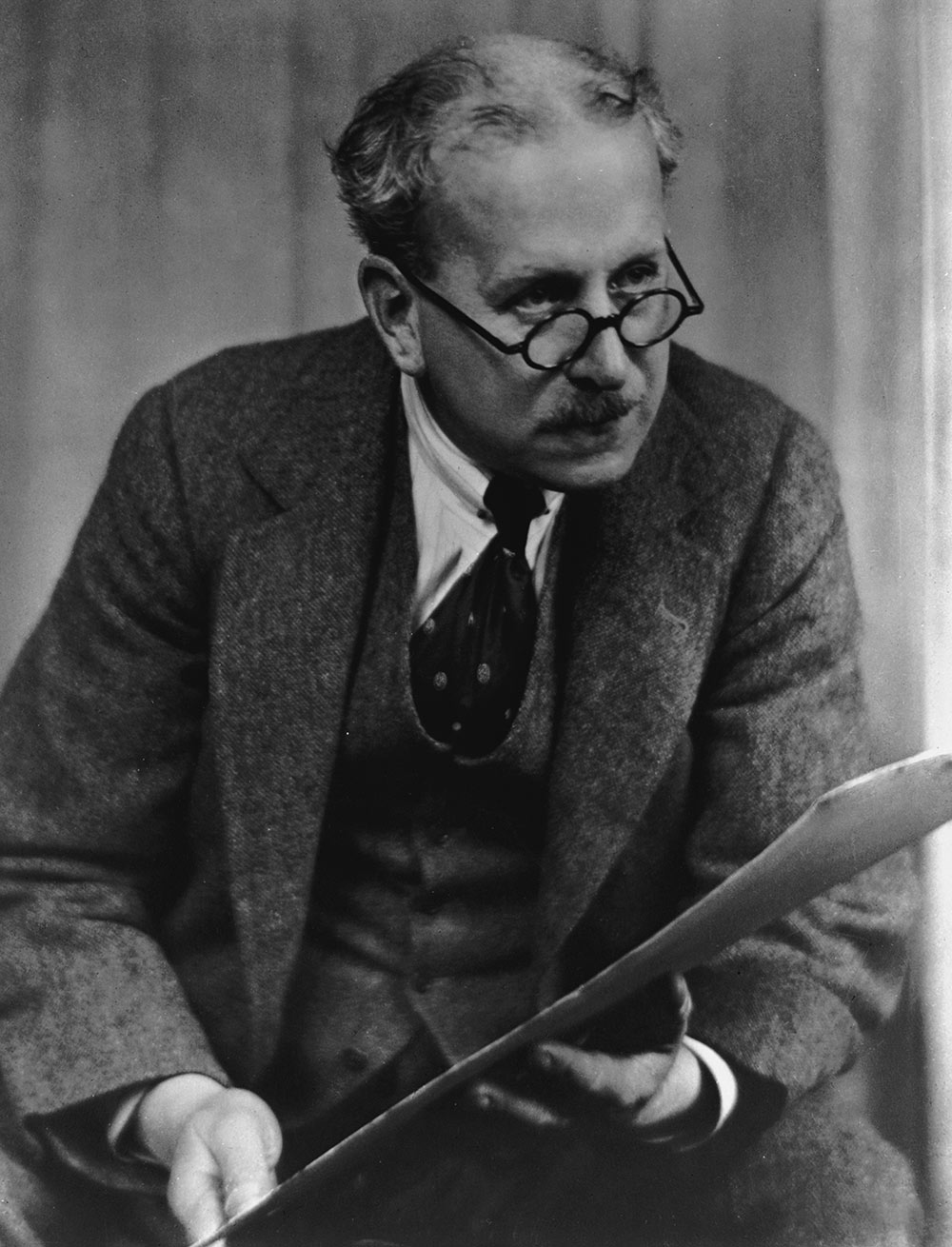
E A CLAREMONT
Conventional wisdom states that Royce co-founded F H Royce & Co with a partner, E A Claremont. However, research has shown that Claremont joined the company some six months after its formation; Royce himself wrote, ‘I was induced to found… a small company in my own name’ and none but his was ever used.
While the original myth may be flawed, it is certainly true that the two men’s careers were closely entwined for many years. Claremont was a partner in F H Royce & Company, Joint Managing Director of F H Royce & Company Limited, Chairman of Royce Limited and the first Chairman of Rolls-Royce Limited; both were also Members of the Institute of Electrical Engineers.

CLAUDE JOHNSON
Broad-shouldered, extroverted and a talented salesman, Johnson was the self-styled ‘Hyphen in Rolls-Royce’. In 1903, he quit his role as secretary of the Automobile Club of Great Britain & Ireland – whose members included the aforementioned Henry Edmunds – to work for Paris Singer’s City & Suburban Electric Carriage company.
After less than a year, however, Johnson left to join C S Rolls and Co, later becoming Managing Director of Rolls-Royce Ltd. He was responsible for much of the company’s early publicity: in advertisements produced for the UK and US markets, he described Rolls-Royce as ‘a petrol car as smooth and quiet as an electric’. And to complete the symmetry, Paris Singer became the world’s first owner of a Rolls-Royce motor car.
ELECTRIFICATION IN THE GOODWOOD ERA
In the spirit of these founding figures, Rolls-Royce Motor Cars remains an electrification pioneer today. When the first production fully electric Rolls-Royce reaches the market, it will be the culmination of research and development work that has been in progress at the Home of Rolls-Royce at Goodwood, for well over a decade.

2011 – PHANTOM EE (102EX)
In 2011, the marque released Phantom Experimental Electric (EE), codenamed 102EX; a fully operational and road-legal battery-electric version of its pinnacle product.
Phantom EE was never intended for production, serving instead as a working test-bed for clients, VIPs, the media and enthusiasts to experience electric propulsion and share their experiences, thoughts and considerations directly with Rolls-Royce designers and engineers.
The car’s 6.75-litre V12 petrol engine and gearbox were replaced with a lithium-ion battery pack and two electric motors mounted on the rear sub-frame, connected to a single-speed transmission with integrated differential. This system gave a maximum power output of 290kW and torque of 800Nm, compared to 338kW and maximum torque of 720Nm, delivered at 3,500rpm, for the V12 Phantom of the time.
While Phantom EE drew widespread acclaim for its technical accomplishment, particularly its near-total silence and impressive torque delivery, its limited range, long charging cycles and three-year battery life remained significant hurdles that Rolls-Royce would need to address in order to satisfy the expectations of its clients.

2016 – ROLLS-ROYCE VISION NEXT 100 (103EX)
Launched in 2016, this radically innovative concept car set out to define the marque’s long-term vision of luxury mobility. It presented the motor car as offering truly individualised personal mobility, and an immersive emotional and sensory experience.
103EX was built around four key design tenets:
Coachbuilt bodywork will allow clients to commission a car that reflects their personal vision. A virtual assistant and chauffeur powered by artificial intelligence offer an effortless journey. The interior creates a Grand Sanctuary, crafted from rare and exclusive materials. And with its size and scale – 5.9 metres long and 1.6 metres high – the car ensures a Grand Arrival on reaching its destination.
Built on an advanced lightweight platform and powered by a proprietary, all-electric drive train, the motor car is completely autonomous.
The EX-suffix confirms that 103EX was a purely experimental car, never destined to enter production. Following a spectacular debut in London, the car embarked on a three-year world tour, returning to the Home of Rolls-Royce at Goodwood in 2019.
Visit www.rolls-roycemotorcars.com on 29 September at 13.00 BST for the next chapter in this extraordinary story.


















